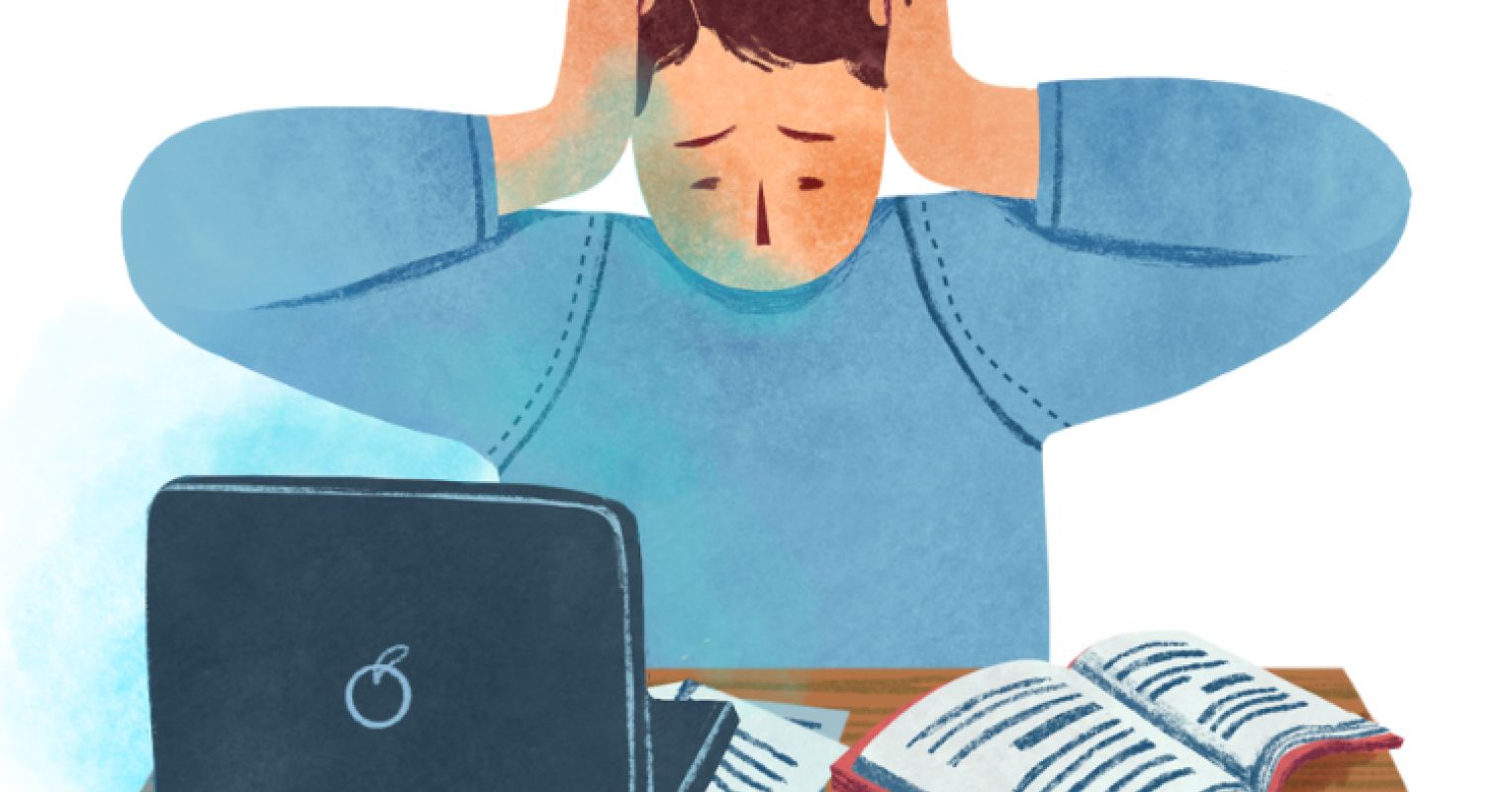When people are building new relationships, there are a number of possible elements to consider. Perhaps the most basic is whether or not the other person is being truthful. For that matter, you also have to figure out whether you should be truthful yourself. Can you confide in this person? Given that detecting who’s lying and who’s telling the truth is not necessarily all that straightforward, perhaps there are other indicators you can pick up that will allow you to decide whether you trust this person enough to go on to make your own revelations.
It’s also the case that some people are just more trusting than others. According to Erik Erikson’s theory of personality development, basic trust (vs. mistrust) forms the foundation of every other quality that emerges throughout life. Infants who feel safe and secure are more likely to go on to feel good about themselves and their relationships. Attachment theory makes similar propositions, with feelings of security becoming part of one’s very sense of self.
Because both theories propose that most people manage to negotiate successfully these early contributors to personality, it’s probably safe to say that your job in figuring out who to trust will depend less on your own inclinations and more on the cues you receive from the other person. What, then, might those be?
The Role of Trust in Psychotherapy
You would probably agree that one of the fundamental qualities of good psychotherapy involves this very element of trust. If a patient can’t trust their therapist, how would progress ever be made? And for people whose own level of trust isn’t particularly high, hence leading them to the therapist’s office, feeling they can rely on the person whose job it is to help them is undeniably important.
According to a new study by University of Haifa’s Shimrit Fisher and colleagues (2025), one version of trust can be defined in terms of whether information can be believed or not. Known as “epistemic trust (ET),” it is defined in psychotherapy as “the patient’s propensity to perceive interpersonal cues from the therapist, the therapeutic relationship, and the therapy milieu as ensuring personal relevance.” ET is critically important to the success of therapy, the authors note, allowing clients to “securely assimilate” insights about themselves and others.
Reading this definition of ET and its relevance to therapy, you can also see why it would matter so much in ordinary relationships. Although not everyone you interact with is obviously going to be trying to help you gain insights about yourself and make adaptive changes, they do provide information that you need to decide how to proceed with them as the relationship progresses. Even someone behind a counter at the drugstore giving you allergy advice needs to be evaluated.
Trust’s Three Dimensions
Because there are to date no easily administered measures of ET in psychotherapy, the U. Haifa authors set forth the task of developing one that could be used as a helpful tool. The Epistemic Trust Rating System (ETRS) that became the focus of their study is based on a three-fold approach to defining ET that includes sharing, “we-mode” (mutual acknowledgment as aligned), and openness to learning.
Using data from therapy sessions conducted with 118 patients (in a randomized control study), the research team conducted ratings of recordings using the three dimensions of ET defined above. In the first phase of the rating process, the team translated these 3 dimensions into observable markers in speech and behavior. Next, they applied these markers to the recorded sessions to arrive at agreement among raters. In phase 3, they developed and tested the reliability of a rating manual.
To establish the validity of the ETRS, Fisher et al. compared ETRS scores to well-established clinical measures of the quality of the therapeutic relationship, the patient’s attachment to the therapist, and the degree of “working alliance,” or quality of the therapeutic bond. As an additional check, patients also completed a self-esteem rating scale, which should theoretically not have been related to ETRS scores.
The findings supported the validity of the ETRS, leading the authors to conclude that patients indeed feel more attached to therapists when they “perceive their therapists as emotionally attuned and validating.” They are then able to be more likely to move on to learn in the therapeutic setting.
With these findings showing support for the ETRS, here are the 3 dimensions along with their indicators. Again, although developed in therapy, they would seem to have more generalizable features that could apply to any relationship involving some kind of connection or possible connection between 2 people. These are the extreme low and high points of each scale:
Sharing
- Low: Fixed attitude against sharing feelings and the possibility of this having value.
- High: General preference to share one’s feelings regularly and genuinely.
We-Mode Speech Patterns
- Low: Silence or interruptions, lack of clear use of language, avoidance of exploring feelings.
- High: High mutual agreement, borrowing each other’s words, elaborating on each other’s perspective.
Learning
- Low: Devaluation of each other’s opinions.
- High: Identifying patterns of behavior that can lead to change along with intentions to change.
As you can see from these three rating areas, it might be the “we-mode” that could have the easiest practical application to everyday situations. Do you and this other person, as the saying goes, “finish each other’s sentences”? Or does one person seem to wish to dominate the other? Freedom to share feelings also comes into play as an indication of trust. The learning dimension can also play a role when you’re trying to decide whether to take someone’s advice—that over-the-counter druggist, for example. In all of these cases, you’re using speech, behavior, and emotions as your guides to trust.
Putting ET to Use
The Fisher et al. study provides direct, concrete guides that you can take into a variety of relationships, and most importantly, underscores the need for trust as a basic element of your interactions with others. Its advantage is that you’re using your sense of your interaction with the other person as a guide, not only for cues that a person is being truthful or not. Do you feel you can safely share your feelings? Does the other person seem to hear you and, although maybe not agreeing, at least reflecting accurately what you’re saying?
One of the findings to emerge from the U. Haifa study was that people low in secure attachment indeed showed “apprehensions of rejection, feelings of detachment, and a cynical perspective on relationships.” Clearly, those individual differences in trust can play a role. If the other person in your own interactions shows these signs, you can see that the road ahead might be challenging, though not impossible.
To sum up, these three indicators of relationship trust can serve as worthwhile guideposts in navigating a variety of connections that you make with others. Trusting, and being trusted, can help set forth your path to the fulfillment that comes from relationships that can change your life.



